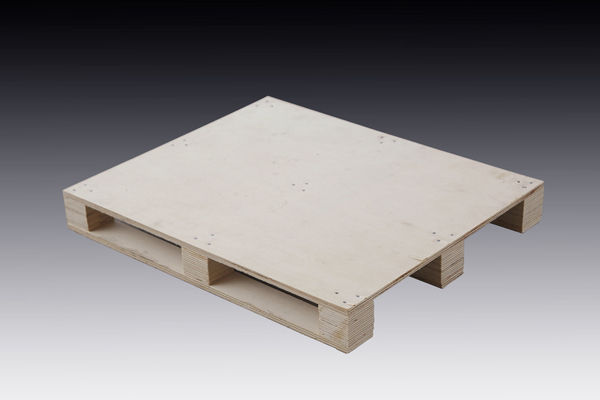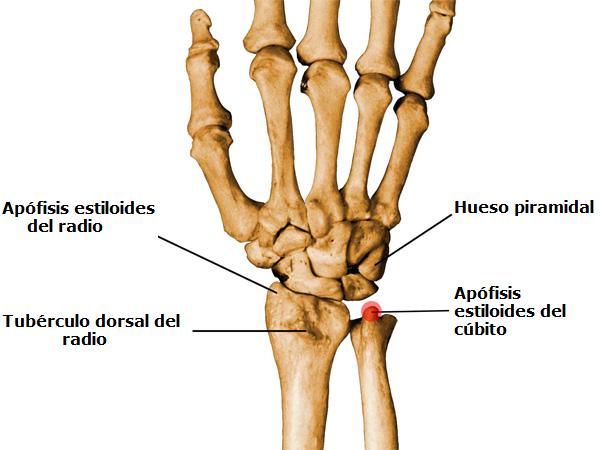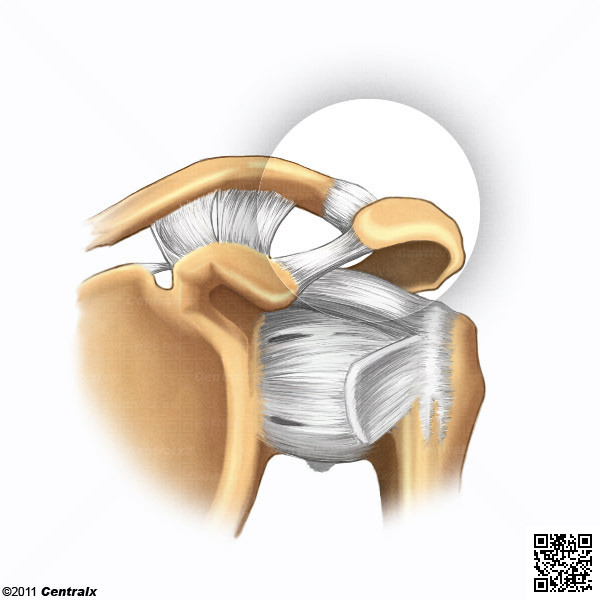Postural Assessment Methods

Names: Sandy Lorena González
Jeinny González Hernández
Carolina González Medina
Adriana González Rincón
Diana Gutiérrez Celis
REFERENCES: Gold, J.E. Driban,J.B. Yingling, V.R. & Komaroff, E. (2012). Characterization of posture and comfort in laptop users in non-desk settings. Applied Ergonomica, 43, 392-399. doi: 10.1016/j.apergo.2011.06.014
Paraizo, C. & Moraes, A.M. (2012). An ergonomic study on the bimechanical consequeces in childrend, generated by the use of computers at school. Work 41 (2) 857-862. doi: 10.3233. 2012.04.016
Alaru, A. Parra, J. Balius, R. (2013)Validation study of an instrument postural evaluation, 51-57. Doi:13.0940. 2013.09.011
L. Rocco Bosso; A. Campos Golias(2009)Rhythmic gymnastics athletes posture: analysis through photometry optenido de la revista virtual Undergraduation Course in Physiotherapy of the INGÁ College.
Oliveira, J. Grespan, T.E. Colafemina, J. F. Oliveira, A. & ferriolli, E. (2013). A pilot study on the evaluation of postural strategies in young and
elderly subjects using a tridimensional electromagnetic system. Ortrhinolaryngol 79 (2). 219 - 25. doi: 10.5935
Rhythmic Gymnastics athletes posture: analysis through photometry
Taking Pictures
5.1-megapixel Camera
Plans
sagittal
Coronal
comparison
Athletes in different sports
gymnast
basketball Player
Tennis
study variables
age
gender
visible points on the body
column cervical


Shoulders

feet
Phase one
photo two samples
standing

sedentary
Phase Two
Sports

Position of the gymnast
position of basketball

Position of tennis
Phase Three
evaluation in posture
Stance on shoulders
Angles feet
scapula mediated
result
changes angles in the foot
prominent in women
As change in the amplitude of the scapula
people 30 to 40 years
A pilot study evaluating postural strategies in young and elderly with an electromagnetic system tridimensionalammecri
Metody stereophogrammecri
25 young volunteers
Exclusion criteria
Participants with diseases
First

Volunteers stood on the platform ergudio
150x with a measure of 50 cm

Electromagnetic transducers Inturmentacion
second
In foam platform
Reducing amount of somatosensory information

Increases ankle instability
Platforms 30kg measures
placing

Magnetic sensors in the skin
In spinous process

Regions s1 and s2
Magnetic coil at 40 cm
Around height sensor
Characterization of posture and comfort in laptop users in non-desk settings
Method used
Camera with markers videography
Temple university

11

9
Exclusion criteria

Laterality left
Pain




Constant
5 infrared
Sony 30 Hz (HD video)
Trace-Run
Passive markers
Black pre-wrapwas
Around the head
In

Bilateral

In

Between the apophyses of the right wrist
Right side

Bilateral

Right side

Body map
Indicate pain
Positions evaluated



Data
Excel
Middle joint angle
Range of Motion
Article Results
Prone position
Greater discomfort
Neck extensión
Angles not neutral
Shoulder
Elbow
Wrist
Sitting positions
Little inconvenience
Relatively neutral shoulders
An ergonomic study on the biomechanical
consequences in children, generated by the
use of computers at school
method used
POSTUROGRAMA
Target

Balance or imbalance body segments
Quantifies postural deviations
Procedure

Image planes
Previous
Later
Left side
Right Side

Place markers
Points anatomical
Conditions to assess

Examiner
Distance from 1.50 to 2.00 mtrs patient
Patient
Underwear
Orthostatic position
Article Results

100% Kids have postural deviation
Lateral deviation of the head
Right shoulder higher
Right hip highest
Validation study of a postural assessment instrument (SAM marrow analysis
machine)
portable instrument

measured
symmetry
asymmetry
cost
low
used

static posture
contains
two scales
for feets
weight distribution in standing
two tapes metric

vertical sides
four wire

vertical
inclination of the body
three horizontal

inclination of the head


shoulder level

acromioclavicular joint

iliac crests level
Article results

not diference
in weight distribution measurements
lateral tilt of the body in
